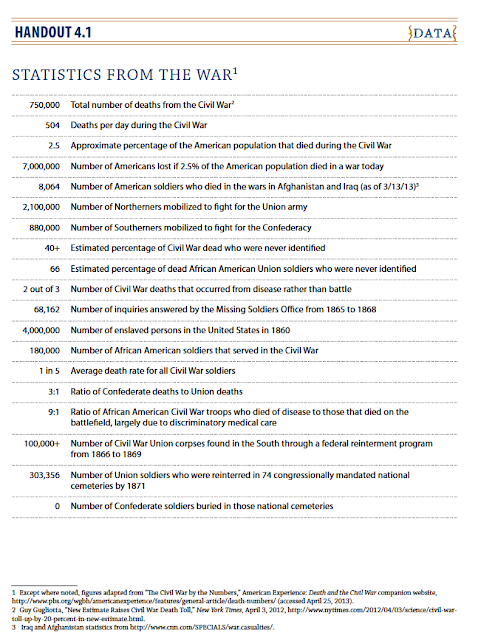Declaration of Immediate Causes
Which Induce and Justify the Secession of South Carolina from the Federal Union
The people of the State of South Carolina…declared
that the frequent violations of the Constitution of the United States, by the
Federal Government…fully justified this State in then withdrawing from the
Federal Union…
The Constitution of the United
States, in its fourth Article, provides as follows: "No person held to
service or labor in one State, under the laws thereof, escaping into another,
shall be…discharged [allowed to leave]…such service or labor…
…an increasing hostility
[unfriendliness] on the part of the non-slaveholding States to the institution
[established practice] of slavery, has led to a disregard of their
obligations….
…Those States have assumed the right
of deciding upon the propriety [rightness] of our domestic institutions
[slavery]; and have denied the rights of property established in fifteen of the
States and recognized by the Constitution; they have denounced as sinful the
institution of slavery…They have encouraged and assisted thousands of our
slaves to leave their homes…
A geographical line has been drawn
across the Union, and all the States north of that line have united in the
election of a man to the high office of President of the United States, whose
opinions and purposes are hostile to slavery…
…The guaranties of the Constitution
will then no longer exist; the equal rights of the States will be lost. The
slaveholding States will no longer have the power of self-government, or
self-protection, and the Federal Government will have become their enemy….
We, therefore, the People of South
Carolina, by our delegates in Convention assembled, appealing to the Supreme
Judge of the world for the rectitude [morality/goodness] of our intentions,
have solemnly declared that the Union heretofore existing between this State
and the other States of North America, is dissolved, and that the State of
South Carolina has resumed her position among the nations of the world.




















